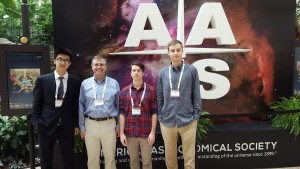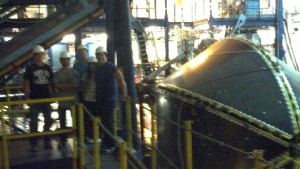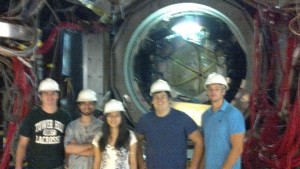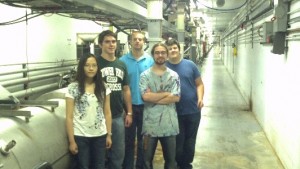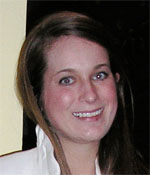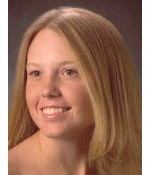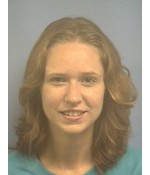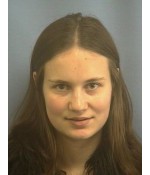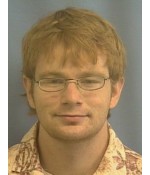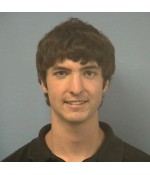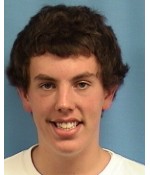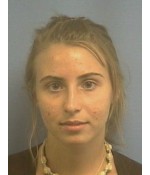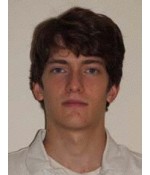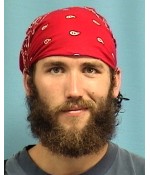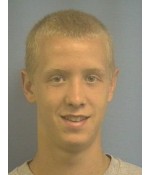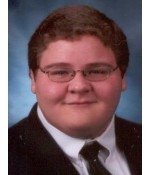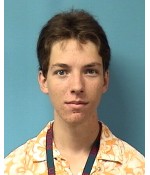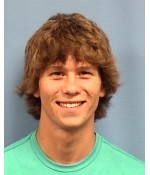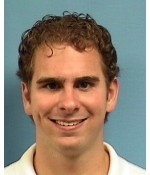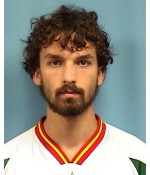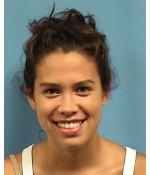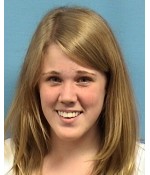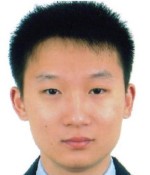UR senior Haonan Liu has achieved the outstanding honor of being one of 16 finalists for the prestigious Rhodes Scholarship from China. Liu, a physics and math major, has had a stellar career at UR since arriving in 2012, some highlights of which include:
- He carried out research with physics professor Ted Bunn which resulted in a first author publication in the Astrophysical Journal, the leading scientific journal in the field
- He presented research results to the American Astronomical Society
- He spent his junior year studying abroad at Oxford University in England
- He is one of two recipients in 2016 of the David Evans award which recognizes outstanding scholarship at UR
To add to these highlights, Liu was selected as one of the 16 finalists for the inaugural year of the Rhodes scholarship being available to Chinese citizens. The Rhodes scholarship is widely recognized as one of the most prestigious academic honors in the world and attracts more than 12,000 applicants. In his Rhodes application proposal, Liu described his plan to return to Oxford to study quantum information and quantum teleportation.
Liu will be beginning his PhD in physics at the University of Colorado in the fall. That institution is ideally suited to his research interest in quantum information, being affiliated with both the National Institutes of Standards and Technology (NIST) and the JILA laboratory.
